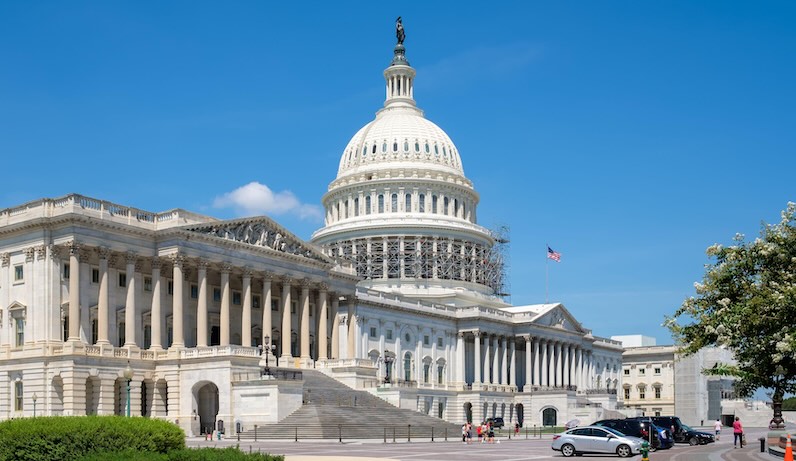
Cascade Party
A new path in Washington State politics.

A new path in Washington State politics.
Elections & Voting
It's time to add seats to the US House — like we used to.

By Damon Townsend (October 20, 2025)
Most people know the original Bill of Rights as ten amendments, but it actually started as twelve — two didn’t make it across the finish line.
One sat on a shelf for more than two hundred years until a congressman from Michigan decided to dust it off and get it ratified. That became the 27th Amendment in 1992, setting limits on congressional pay raises.
The other proposed amendment is still waiting. It deals with how many people each member of Congress should represent, and if revived, it could change the way this country is governed.
Article the First
This almost forgotten amendment is often called Article the First. It was part of the original batch sent to the states in 1789. Ten were ratified quickly. This one fell short by only one or two states, depending on how you count. It set a formula for the size of the House of Representatives, ensuring that as the population grew, the number of representatives would grow too. The goal was to keep government close to the people.
When the amendment was drafted, one member of Congress represented around thirty thousand people. Today, that number averages over seven hundred sixty thousand.
Some districts now have well over a million. That’s not representation, that’s management.
Congress froze the House at 435 members back in 1911. It has stayed there ever since, even as the population has tripled.
If Article the First had been ratified and followed, the House might have between sixteen hundred and six thousand members today, depending on how you read the math. It sounds like a lot, but so does a country of three hundred fifty million people being run by a few hundred representatives.
The Founders expected growth. They never intended a small, static Congress trying to represent an ever-expanding nation.
This amendment never expired. There was no time limit or sunset clause. It is still pending before the states right now. If thirty-eight states ratify it, it becomes part of the Constitution.
The precedent already exists. The 27th Amendment proved that something proposed in 1789 can still be ratified centuries later.
Politics of Change
The legislative process is slow and fraught with partisan considerations. Nevertheless, there are efforts looking at the current size of the US House.
H.R.2797 - House Expansion Commission Act was introduced this year proposing to establish a commission to study and develop proposals for expanding the House of Representatives.
Congress could pass a bill, and the president sign into law, a new rule adding seats to the US House. However, this would affect the electoral college system — and therefore presidential politics enter the fray. Presidential politics are visceral, therefore expect controversy rooted in partisanship over changing House seat allocations.
Federalism
Article the First does not go through Congress — it goes through the state legislatures. It is a chance for states to fix representation from the ground up, instead of waiting for the people benefiting from the imbalance to reform themselves.
The Cascade Party are advocating how to make elections fair and representative real again; including implementing proportional representation.
Unlike proportional representation, Article the First does not change how we vote, but it changes how much our votes are worth. By increasing the number of representatives, it restores the idea that one person’s voice should not be lost in a crowd of hundreds of thousands. Smaller districts mean representatives who know their towns, their industries, and their people better. It means more competition, less nationalized campaigning, and less distance between voters and those who speak for them in government.
Of course, a larger House would require adjustments. There would be more staff, more offices, and more “floor” votes to count. Congress might have to modernize how it works with remote participation, regional sessions, or smaller committees. That is fine. Every other level of government has learned to adapt to growth. Congress can too.
Article the First asks the states to finish what the Founders started. It would make representation local again. Representation has stretched too thin, and the people have been pushed too far back from their government.
Damon Townsend is a Cascade Party board Member, representing district 3/6. He has experience in government administration.
(Image: Kamira / Alamy)